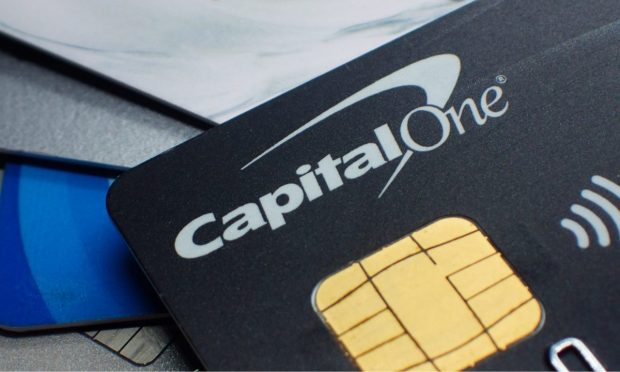Capital One Card Spending Up 9% as Credit Loss Provisions Triple

Capital One Financial’s latest results show consumers continue to spend, but a modestly worse economic outlook has boosted allowance for credit losses.
CEO Richard Fairbank said during the conference call with analysts that “consumer credit metrics remain strong — and they’ve been normalizing steadily through 2022 and are approaching pre-pandemic levels.”
The company said in its latest release that domestic card period-end loans were up 8% year on year to $131.6 billion. Purchase volumes in that business were up 9% to just under $152 billion.
The net charge-off rate for the domestic card segment, according to filings, was 3.2%, where it had been 1.5% in the same period in 2021.
Within the automobile lending segment, the net charge-off rate was 1.7%, up from 0.6% last year. Auto loan originations were down markedly, at $6.6 billion, down 20% year on year. Auto period-end loans decreased $1.2 billion, or 2%, to $78.4 billion.
The company noted in its results that the provision for credit losses was up $1.4 billion year over year, where that tally had been $384 million last year.
‘Modestly Worse’ Economy Ahead
Asked on the conference call about the assumptions underlying the loan loss reserve actions — and specifically the domestic card allowance — management said on the conference call with analysts that credit normalization and loan growth were contributing factors. So was, in the words of CFO Andrew Young, a set of baseline economic assumptions that are “modestly worse” than consensus forecasts might hold.
That baseline Capital One scenario, according to commentary, holds that unemployment is about 5% by year end, and that auto loan recoveries decline.
At present, as Fairbank said during the call, the percentage of consumers that are making just the minimum payments on their cards is below pre-pandemic levels, the percentage of customers making full payments is above pre-pandemic levels.
“These are all things that are positive indicators,” the executive said.
Asked about the credit normalization on the call, the CEO noted that “at first normalization was more pronounced in some segments, more than others. This is always the case … normalization is happening everywhere but it was more pronounced at the lower end of the market. More recently we’ve seen a more uniform trend of normalization across our businesses and segments.”
That impact has extended across FICO scores and across income levels, he said.
And drilling down into the credit metrics themselves, 69% of the company’s domestic card business had FICO scores greater than 660, with the remainder below that threshold. As for auto loans, the supplemental materials reveal that the FICO scores for 47% of loans at origination were below 660.
The company’s 30-day delinquency rate in the domestic card business was 3.4%, up from 2.2% last year.
As Fairbank said on the call, “delinquency metrics are the best single predictor of where things are going to go in the near term.”
